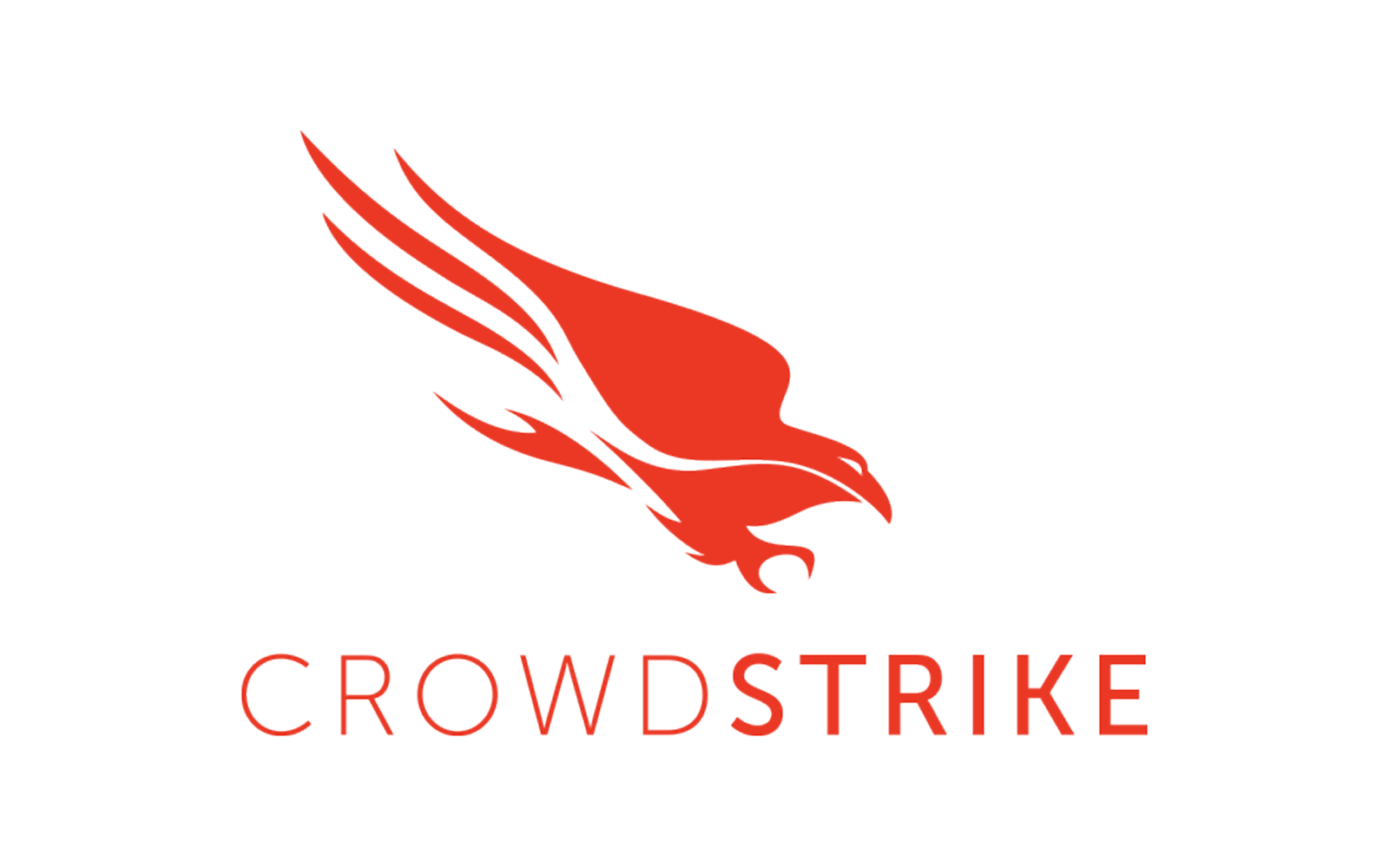
In times of market stability, cost optimization is a smart discipline. But in an environment of tightening capital, unpredictable demand, and growing economic pressure, it becomes something more. It becomes a condition for survival.
CFOs are no longer simply asked to control cost. They are now expected to reshape it. In this new landscape, variable cost is no longer a financial convenience. It is a strategic imperative.
Cloud computing, when properly adopted, is the only infrastructure model that gives companies the cost flexibility and financial responsiveness required to thrive under economic pressure. This is no longer about technology preference. It is about engineering an operating model that protects liquidity, limits exposure, and supports rapid change.
---
Fixed Cost Is a Liability in a Volatile Market
Traditional IT infrastructure locks you into long-term commitments. You purchase servers, sign multi-year licensing agreements, commit to data center leases, and amortize equipment over time. That entire model depends on predictability. You invest today based on expectations about revenue, growth, and demand years into the future.
In today’s environment, that approach is increasingly risky. Economic signals are unstable. The cost of capital is rising. Moody’s recent downgrade of U.S. sovereign debt is a reminder that even the most stable financial systems are being re-evaluated.
Fixed infrastructure does not adapt. It cannot shrink when business slows. It does not scale quickly when new opportunities arise. It is inflexible by design and unforgiving in execution. This is not just inefficient. It is dangerous for a business trying to remain competitive and financially sound.
---
Variable Cost Enables Strategic Flexibility
Cloud infrastructure operates on a fundamentally different model. You do not own the capacity. You consume it. You do not pay for the peak. You pay for what you use. You do not guess. You respond.
This provides immediate benefits. When demand drops, costs fall with it. When the business needs to scale, capacity expands in minutes. If an initiative changes direction, you stop paying the moment you stop using the service.
This is not just operational agility. It is financial agility. Variable cost means CFOs can align technology spending directly to business performance. You no longer carry excess capacity on the balance sheet. You no longer over-invest in infrastructure you hope to need. Every dollar spent is justified by current business activity, not by speculative forecasts.
---
Cloud is a Financial Model, Not Just a Technical Platform
The case for cloud computing has been framed around innovation, speed, and performance. But its most powerful feature in a volatile market is its financial structure. It moves infrastructure spending from capital expense to operating expense. It replaces large upfront investments with manageable, scalable monthly costs. It eliminates the risk of unused assets and turns technology into a service that can be turned on and off as needed.
This structure gives finance teams something they have not had in decades: control. You gain visibility into real-time infrastructure cost. You can forecast and manage technology spend in parallel with market conditions. You can make faster decisions, supported by actual usage data, not delayed accounting cycles.
This is not a future-state vision. It is already in place at companies that have embraced cloud at scale. They are not talking about agility. They are practicing it.
---
Why Most Companies Are Still Carrying Unnecessary Risk
Despite years of cloud conversations, many enterprises remain stuck in a hybrid halfway point. Some workloads are in the cloud. Most are not. Legacy systems, ERP platforms, custom applications, and compliance-sensitive data often remain in costly, rigid, on-premises environments.
The result is complexity without benefit. These companies carry the full cost of infrastructure ownership while only realizing partial advantages of cloud. They are still
exposed to the same risks, still reliant on manual provisioning, and still anchored to cost structures that cannot move with the market.
To achieve meaningful financial flexibility, cloud adoption has to include the workloads that matter most. That means core applications, transactional systems, and data platforms. Without that commitment, the true benefits of cloud economics cannot be realized.
---
Cloud Providers Deliver What No Company Can Build Alone
Another dimension to the value of cloud is the industrial-grade infrastructure you access without having to build or maintain it. When you move to a provider like IBM Cloud, you are not just getting computing power. You are inheriting a global, highly secure, continuously optimized environment with capabilities your organization could never economically replicate in-house.
This includes around-the-clock patching, automated failover, real-time compliance auditing, multi-zone disaster recovery, and continuous monitoring. These are not features. They are operational requirements that, if you had to build them yourself, would require billions of dollars and teams of global experts.
In the cloud, you get it all at a monthly cost, scaled to your needs. That is not just efficient. It is asymmetrically powerful. It levels the playing field in a way no traditional IT model ever could.
---
This Is a CFO Decision Now
IT infrastructure used to be the CIO’s domain. But today, the financial model behind that infrastructure places it squarely within the CFO’s mandate.
You are responsible for risk, capital deployment, operational efficiency, and strategic flexibility. Cloud touches all four. That makes it a financial conversation, not a technical one.
Ask yourself: if revenue dropped tomorrow, how fast could your IT cost structure respond? If you had to redirect capital to customer experience, new markets, or acquisitions, how easily could you do it without impairing operations? If your answer involves approvals, months of planning, or sunk costs, then the model needs to change.
---
Conclusion: Control What You Can Control
You cannot control interest rates. You cannot control capital markets. You cannot control the next downgrade, recession, or disruption.
But you can control how your business responds. You can control your cost structure. You can control your infrastructure strategy.
And with cloud computing, you can do it with speed, precision, and resilience.
This is not about saving money on IT. It is about building a business that survives change, reallocates capital quickly, and competes at the speed of today’s economy.
Variable cost is not just better accounting. It is a better business model. And now is the time to embrace it.








.png)


-1.png)

-1.png)


.png)